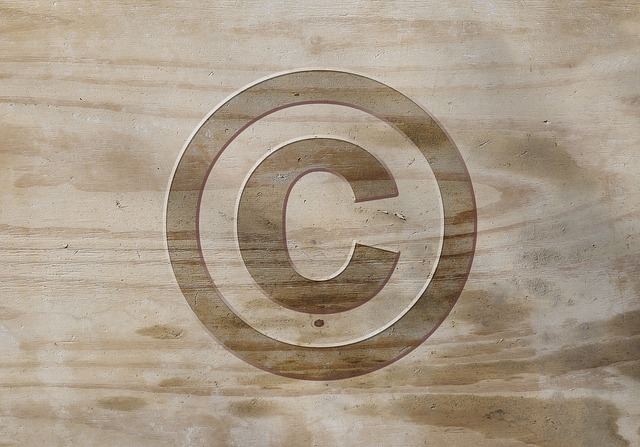It is essential that you copyright your work officially through government channels. Yes, many governments say that the moment you make something it’s considered copyrighted. But the fact is if somebody steals your work, you have to prove you were the first one to make it.
Submitting your materials officially to the copyright office of your government saves you headaches later on.
What work can you copyright?
Anything with your content that you created yourself:
• Group and training program materials
• Forms and worksheets
• Books (physical/eBooks)
• Audio and video programs, involving training programs, podcasts, etc.
• Educational exercises
• Your website contents
• Blog and article content
• student guides and participant workbooks
• songs and jingles
• photos, images, and artwork
What you cannot copyright?
If you involve someone else’s materials inside your work, you cannot copyright that work’s portion. For example, if you create a slide deck and use stock images, you cannot copyright the slide deck’s photographic portion. But you can copyright the words if they’re your own. If you are hired by a customer to custom a piece of work, you need to determine per your contract who owns that copyright. It is probably that, as a work-for-hire project, that output is owned by the person who hired you to create it.
There are 4 simple steps you can take to make sure your work is safe.

1. Make sure your work is appropriately marked.
A worded notice will deter infringement, as it says that the work is safe and protected under the law. Though a copyright notice isn’t needed, (work is automatically subject to copyright protection under the law), displaying a notice shows that you have a copyright and take infringements of your work seriously.
2. Register your work.
If your work is infringed and the claim to copyright is disputed (that is in a plagiarism case – where the other party claims the work is theirs), you may need to have evidence to prove your claim.
3. Keep or register supporting evidence.
Supporting evidence falls into 2 categories:
Evolution of ideas
It is the progression’s evidence of the work. Primary drafts, sketches, synopsis, rough recordings, etc. are all evidence that the work progressed over time, instead of being copied from elsewhere. Though it’s possible to fake such evidence, it’s frequently time-consuming to do so, so it can be fairly good evidence to demonstrate that you created the work from scratch over a period.
Footprints or watermarking
This’s normally evidence inserted into finished documents that will recognize the author in a few ways, like deliberate mistakes, and hidden data that can be read using special applications.
4. Agreement between co-authors.
If your work is a joint venture, make sure you know precisely where you stand, who will own what rights, and what will happen when someone leaves.
Tips to make sure that a Creation/Work Is Safe or Protected
If an artist or creator wants to ensure that their work is safe from copyright infringement, they can want to add the copyright symbol. If the work of the artist were to appear in writing in a publication or be distributed to the public, the copyright symbol needs to be included with the work. Though it isn’t essential to issue a copyright symbol, it will help the original creator protect themselves in court. The user that accessed the work or infringed upon the copyright may claim ignorance in court, stating that they were not familiar that the work was copyrighted. It is the best way to negate that argument if you show the copyright symbol.
The creator can issue a copyright notice involving their name, publication’s date, copyright owner, and the copyright symbol. This notice should accompany the work if it is being displayed in public or distributed. Works that are difficult and hard to reproduce like paintings or drawings cannot require a copyright symbol or statement. However, if the artist has digital photos online, these need to be labeled with the copyright symbol.

